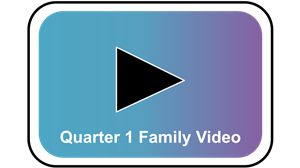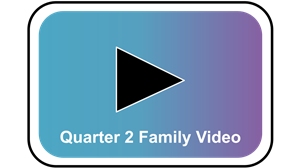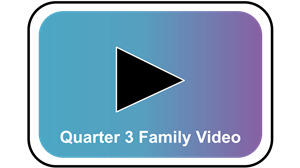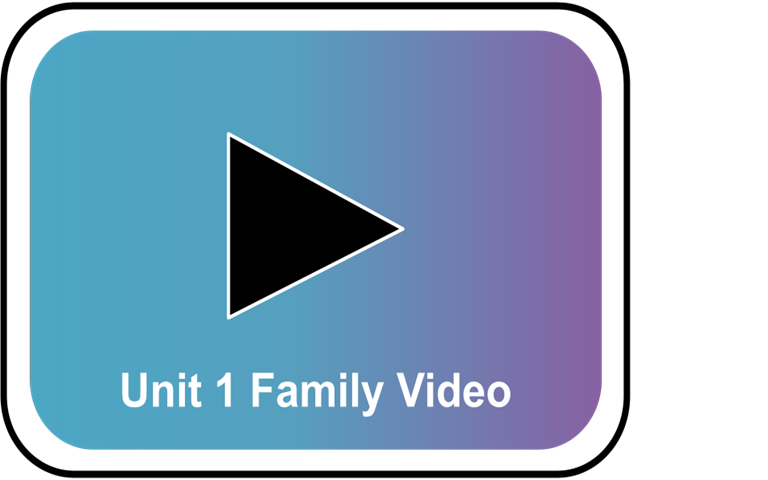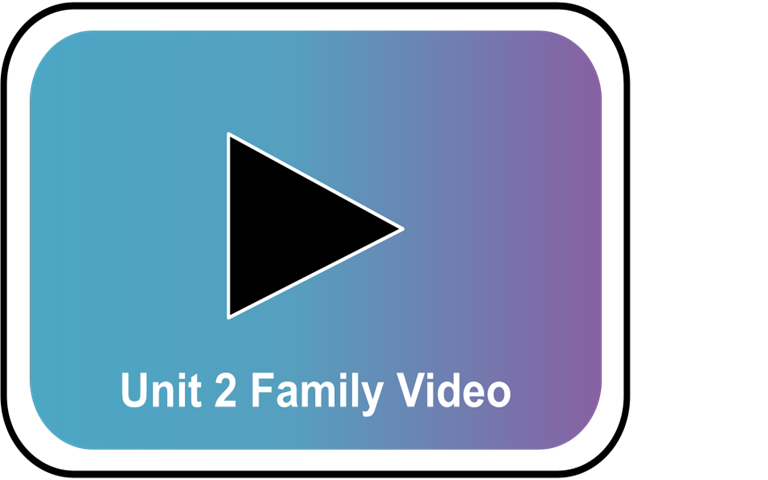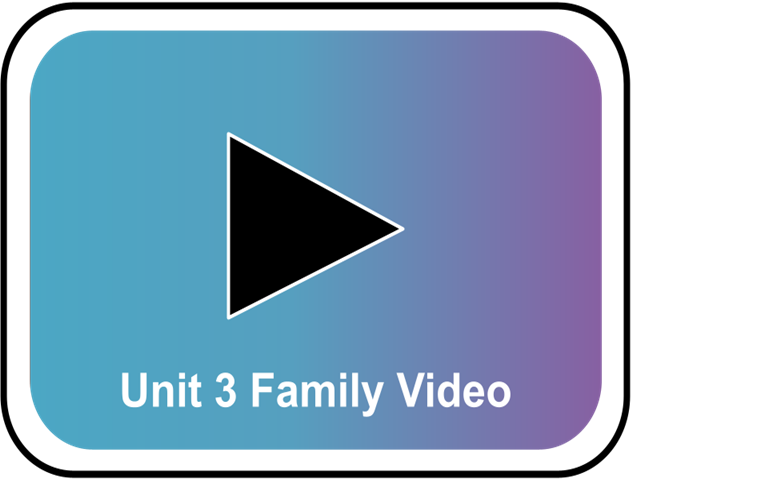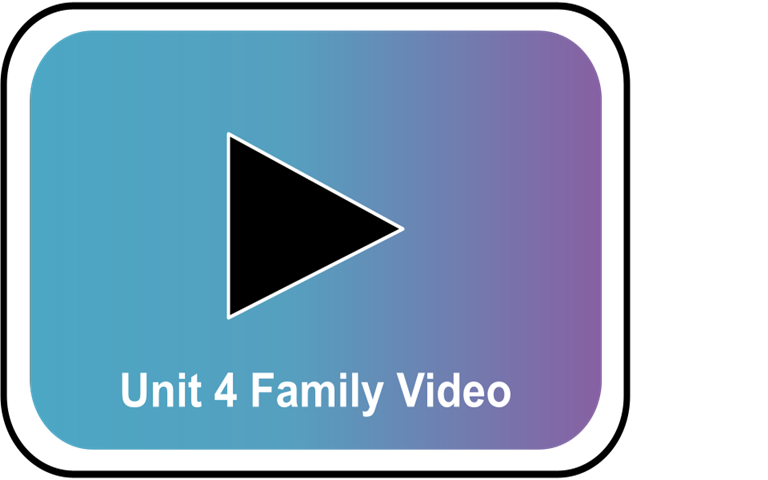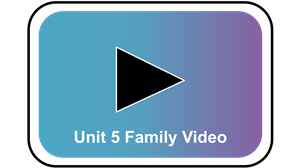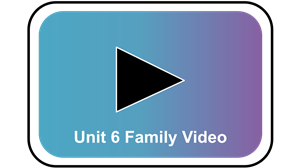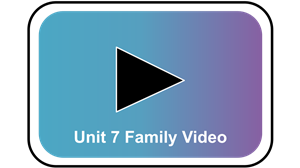Welcome to Kindergarten!
-
Purpose of the Guide
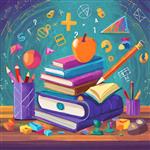 Students in Charlotte-Mecklenburg Schools follow the state of North Carolina’s expectations for what every student will know and be able to do by the end of their current grade level. This guide is designed to help you support your child by understanding those expectations, provide everyday activities to reinforce their learning at home and partner with their teachers throughout the school year.
Students in Charlotte-Mecklenburg Schools follow the state of North Carolina’s expectations for what every student will know and be able to do by the end of their current grade level. This guide is designed to help you support your child by understanding those expectations, provide everyday activities to reinforce their learning at home and partner with their teachers throughout the school year.
This guide includes… Key Skills for Reading and Math
Key Skills for Reading and Math-
- Understand the most important things your child should know and be able to do by the end of the school year.
 Questions to Ask Your Child
Questions to Ask Your Child-
- Engage in conversations with your child using these suggested reading and math questions.
 Topics to Discuss with the Teacher
Topics to Discuss with the Teacher-
- Find sample questions and topics you might want to talk about with the teacher related to reading and math skills.
 Learning Activities
Learning Activities-
- Explore some easy ways you can support your child’s learning important reading and math concepts and skills.
 Words to Know
Words to Know-
- Learn some important words and acronyms used at school to “speak the same language”.
 Helpful Resources to Practice Skills at Home
Helpful Resources to Practice Skills at Home-
- Click the link to access a collection of reading and math resources aligned to your child’s grade level.
-
Resource Guides
-
Quarter 4
Module 4 Family Video
- Identifying Syllables
-
Identify and spell words that follow the consonant-vowel-consonant pattern
-
Quarter 1
- Students begin counting by ones to 100
- Students count out objects up to 10 and compare quantities and numbers up to ten
- Print and cut out: Students can order numbers within decade
- Online Game: Counting to 50
- Online Game: Help turtle get home
-
Quarter 2
- Students continue counting by 1s to 100
- Students identify shapes based on attributes
- Printable: Students can order numbers within that decade
- Online Game: Counting to 50
- Printable: hundred chart puzzles
- Online Game: Count out 20
- Online Game: Counting objects to 10
- Online Game: Shape Sort
- Online Game: Shape Match
- Printable: 2D and 3D shapes and chart with definitions
- Ask your student to go on a scavenger hunt to find shapes around the home or in places you visit often
-
Quarter 3
- Students count to 100 by ones and count to 100 by ten starting at 10
- Students join or separate numbers in a story problem up to 10
- Printable Students can order numbers within that decade
- Printable: Complete hundreds chart puzzles
- Printable: Order numbers by tens
- Joining Stories - Game: Double Compare
- Take Away Stories - Printable practice: One Less Dog
- Separating Stories - Online Video: Splat Game
-
Quarter 4
- Students identify, describe, compare, and create three-dimensional shapes
- Students put together their understanding from throughout the year to cap off major work and fluency goals of the grade.
- Online Game: Toss 10 Chips
- Online Game: Race to the Sun
- Online Game: Fill the Treasure Chest
- Online Game: How Many to Ten



